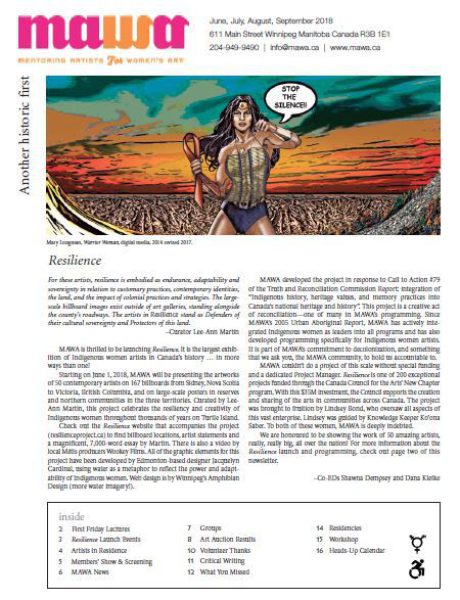
Women, Art and Violence by Julia Skelly
Many women deal with varying degrees of violence in both public and private settings. However, violence against women of colour is rarely covered in the news media, and when it is, the headlines are often about the failure of the legal system. At a recent panel organized by female students at McGill University, an activist spoke of her experience as a liaison in Montreal between the families of missing and murdered Indigenous women and the police. A liaison is needed, she said, because when Indigenous women are reported missing, police often do not undertake an investigation as they would if a white, cis-gendered woman had gone missing.
This is the reality for women of colour in Canada and around the world, and artists such as Rebecca Belmore (b.1960) and Teresa Margolles (b.1963) have produced a range of artworks that engage with the lived experiences and deaths of marginalized women.
Anishinaabekwe artist Rebecca Belmore has frequently created artworks that address the very specific kinds of violence experienced by Indigenous women in what is now known as Canada. In her performance 'Vigil' (2002), for example, Belmore occupied a street corner in the Downtown Eastside of Vancouver. Belmore first cleaned the sidewalk, lighting votive candles in a ritual of mourning. She wrote the names of some of the murdered Indigenous women on her arms, and then she called those names out, ripping a rose—thorns and all—through her teeth after calling out each name. Belmore subsequently put on a red dress and nailed it to a telephone post. She then proceeded to tear the dress violently away from the post, until the dress was torn to shreds. The visceral act of ripping the red dress forces the viewer to think about the fabric standing in for Indigenous women’s flesh and the violence that has been done, and continues to be done, to Indigenous women’s bodies and identities.
The use of textiles in art about violence is symbolically powerful. Textiles have historically been denigrated as “women’s work,” but they have also functioned as sites of community, healing and self-care in a range of geographical and cultural contexts. In her art practice, Mexican artist Teresa Margolles often uses textiles to bear traces of violence, particularly femicide. In Margolles’s video work 'Women Embroidering Next to Lake Atitlàn' (2012), a group of Indigenous female activists are shown embroidering brightly coloured images onto a stained white blanket. The exhibition’s wall label explains that the blanket is stained with blood from an instance of domestic violence during which a woman was murdered by her husband. Margolles collected the blanket from the morgue in Guatemala City. While they embroider, the women discuss domestic violence in Mexico, pointing to the inter-subjective nature of collective crafting and the potential for change when women speak openly about intimate violence. In the 2017 travelling exhibition Mundos, which was on display at the Musée d’art contemporain in Montreal, the embroidered blanket, now entitled 'Tela bordada' (embroidered fabric), was shown hanging on the wall, the colourful traditional Mayan embroidery juxtaposed against the rust-coloured blood stains on the white fabric background.
Margolles uses textiles in many of her works in order to clean and demonstrate care, labours that have historically been gendered feminine (not to mention unpaid). For her 2009 show for the Venice Biennale, 'What Else Could We Talk About?', Margolles and her assistants used cloth to care-fully clean up blood in the streets of Mexico City following drug-related violence. For the Biennale, these cloths were steamed, and the mud and blood were re-liquified and the liquid was then used to wash the floors of the Palazzo Rota Ivancich.
As feminist art historians continue to interrogate the complexities of textiles, it is crucial to examine the various ways that artists such as Belmore and Margolles are using textiles as indexes of violent crimes against women of colour in different countries. Belmore and Margolles illuminate not only material violence against vulnerable female bodies, but also the often invisible, unpaid affective labour that is at the heart of grieving for murdered women around the world.
Julia Skelly teaches in the Department of Art History and Communication Studies at McGill University. Her most recent book is Radical Decadence: Excess in Contemporary Feminist Textiles and Craft (Bloomsbury, 2017).

